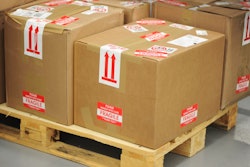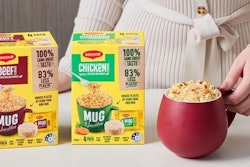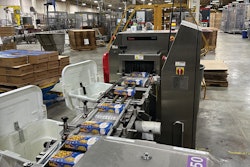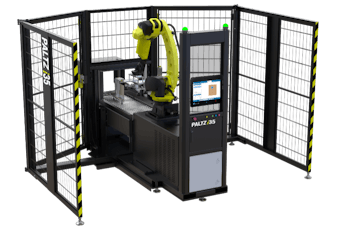The size and shape of packages affects sales value, material cost, and filling speed. But most important, geometry affects logistics cost, especially transportation cost.
The Council of Supply Chain Management Professionals’ annual “State of Logistics” report shows that the cost of logistics is 8.5% of GDP, and that trucking costs make up almost half of total logistics cost.
We, in Packaging, have the opportunity to reduce transportation cost by reducing package cube and/or weight. It depends on whether your products weigh out or cube out a vehicle. For example, liquid (like beer) packed in glass bottles weighs out a trailer before it is filled, so a strategy to reduce package weight can result in lower transport cost. Therefore, even though plastic bottles may be more costly, they can result in lower total costs.
On the other hand, most products cube out. Assembled furniture, for example, can never fill a trailer to its maximum weight. That’s why IKEA’s strategy to ship knocked-down furniture has been so successful: lower transportation costs.
Kevin Howard, MSU School of Packaging alumnus and consultant, has based much of his successful career on promoting “Space, the Final Frontier.” It’s not that he’s a “Trekkie” as much as the fact that he finds so much wasted space in packaging. His well-publicized case study of postponed packaging for Hewlett Packard was the largest cost-savings in HP history, a savings in transportation cost due to shipping printers on their sides (so that they cleverly interlocked L-shapes in a pallet-pattern) in bulk to regional distribution centers where the printers were packed to order. Kevin realized that adding the cushions, boxes, and orientation doubled the cubic volume of the product. He realized that the cushions weren’t needed until the last leg of the logistical journey. The increased packaging cost and complexity was more than offset by the multi-million dollar transportation savings.
But improving cube utilization is not really a new (or final) frontier for logistical packaging. The commercial amphoras used by the ancient Romans, Greeks, and Egyptians and the barrels/casks used for 2,000 years thereafter, were designed to fit ships securely, without wasting any space. Likewise, the historic British tea chests were dimensioned to tightly fit the tea clippers (like the Cutty Sark), to maximize the cargo carried and minimize the possibility of shifting during a storm.
Cube is a powerful packaging tool. Strategies to reduce cube (and/or weight) give packaging professionals the power to reduce logistics cost. “Right-sizing” packages for internet sales reduces packaging and logistics cost. Tools like CAPE and TOPS can help make decisions that reduce the amount of wasted space in pallet and truck loads. Strategies like postponement can reduce the space occupied during long-distance shipping.
Geometry matters. Is space your next frontier?
Diana Twede ([email protected]) is a Professor at the Michigan State University School of Packaging.






















